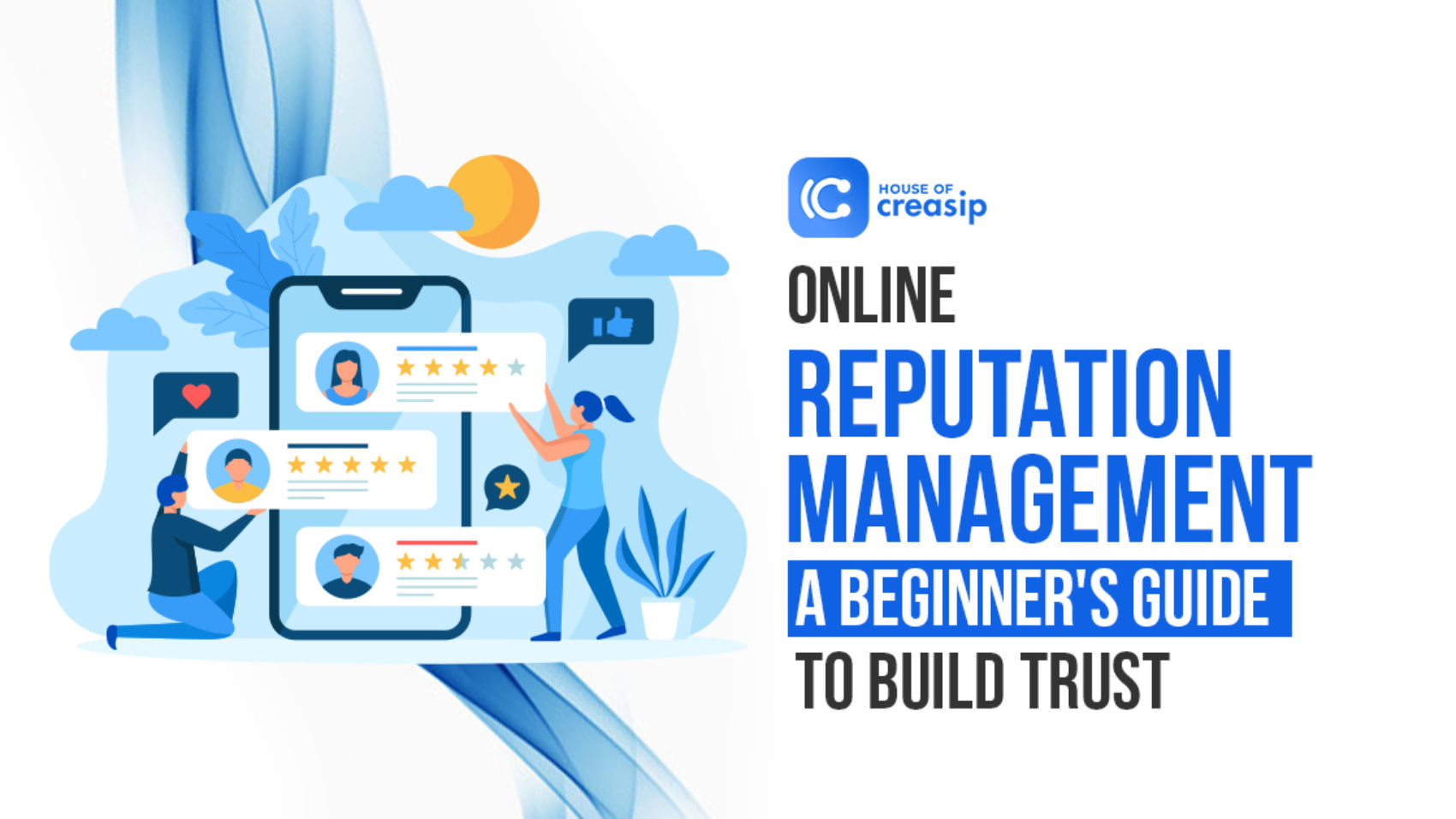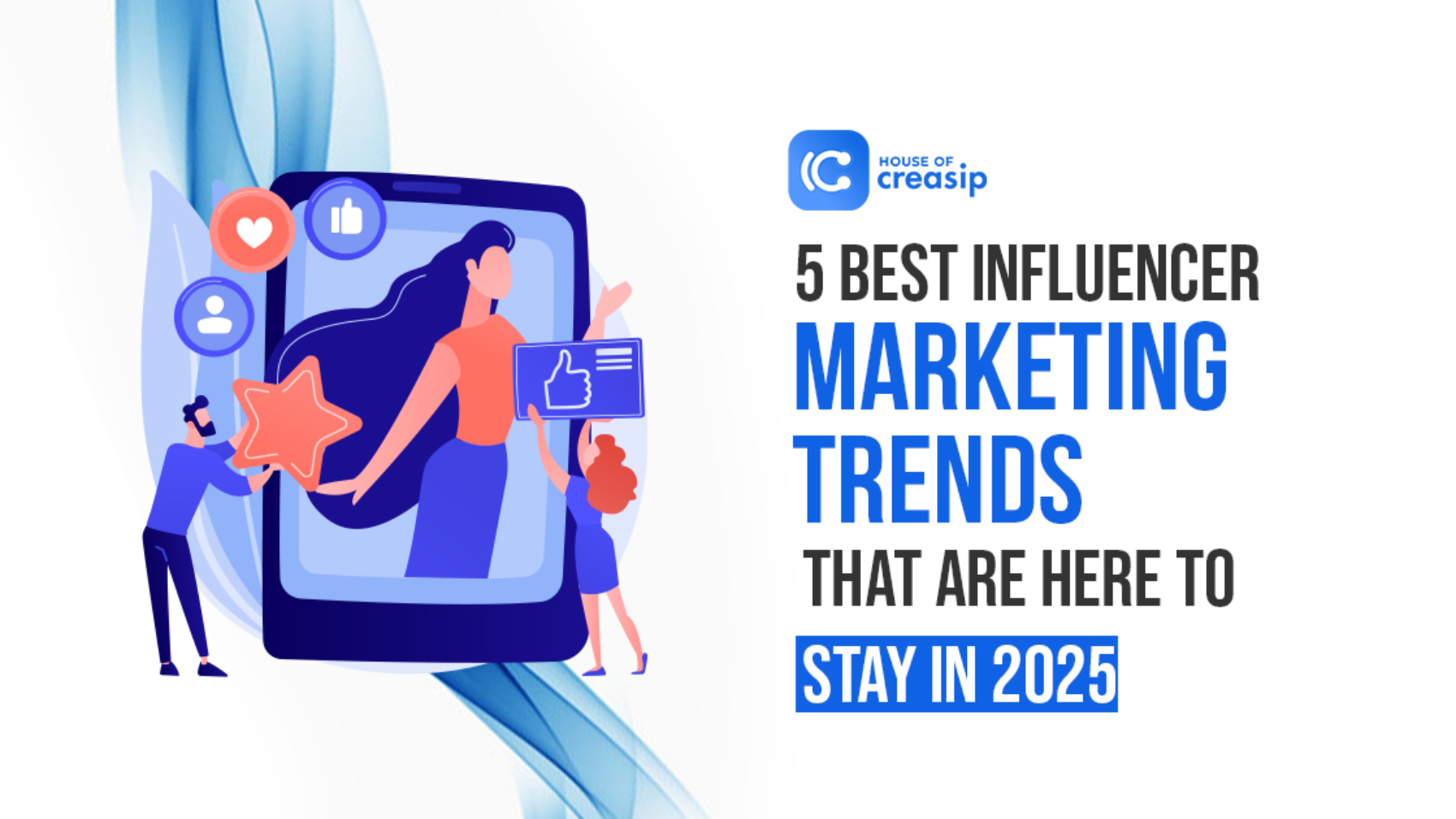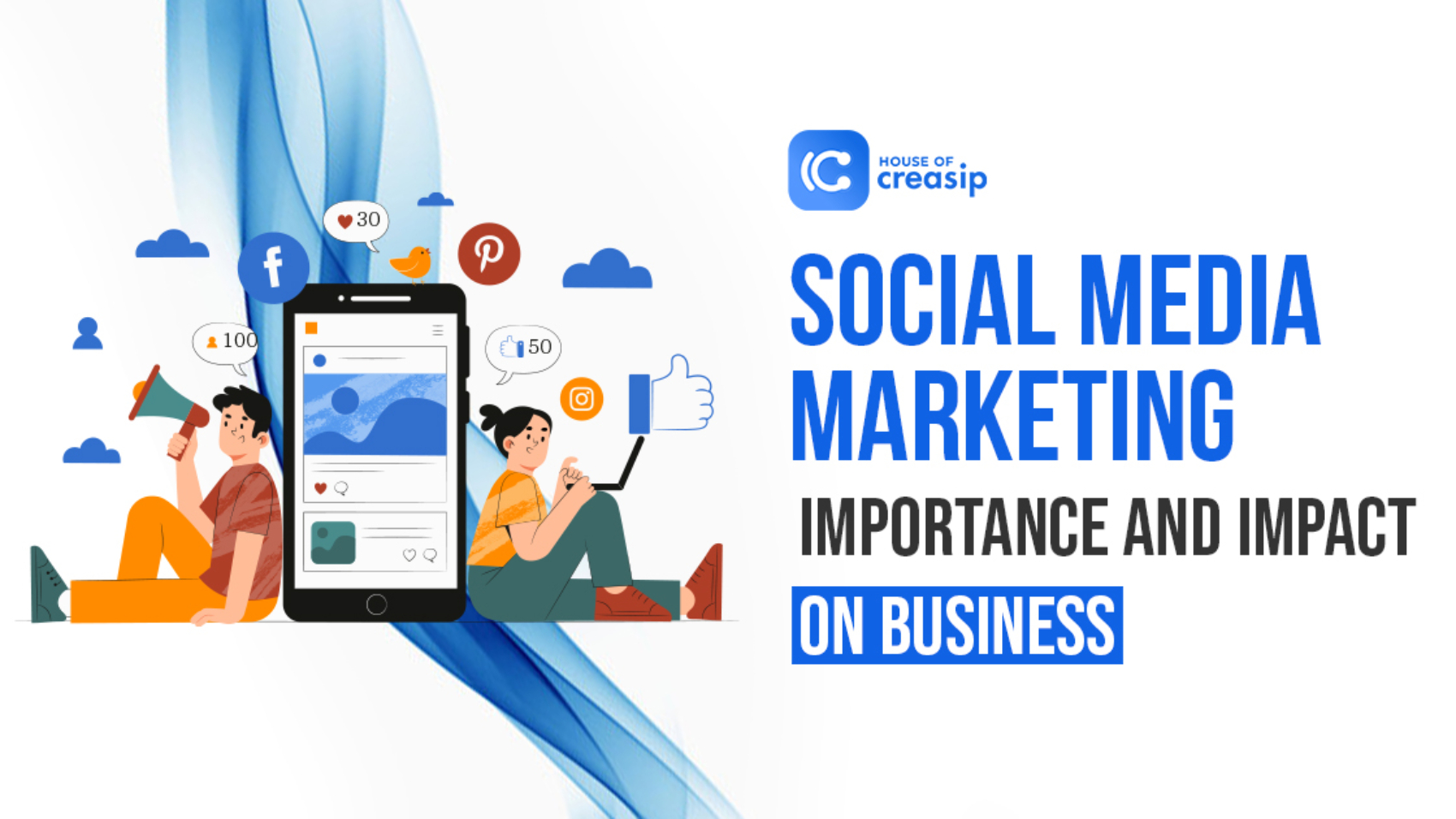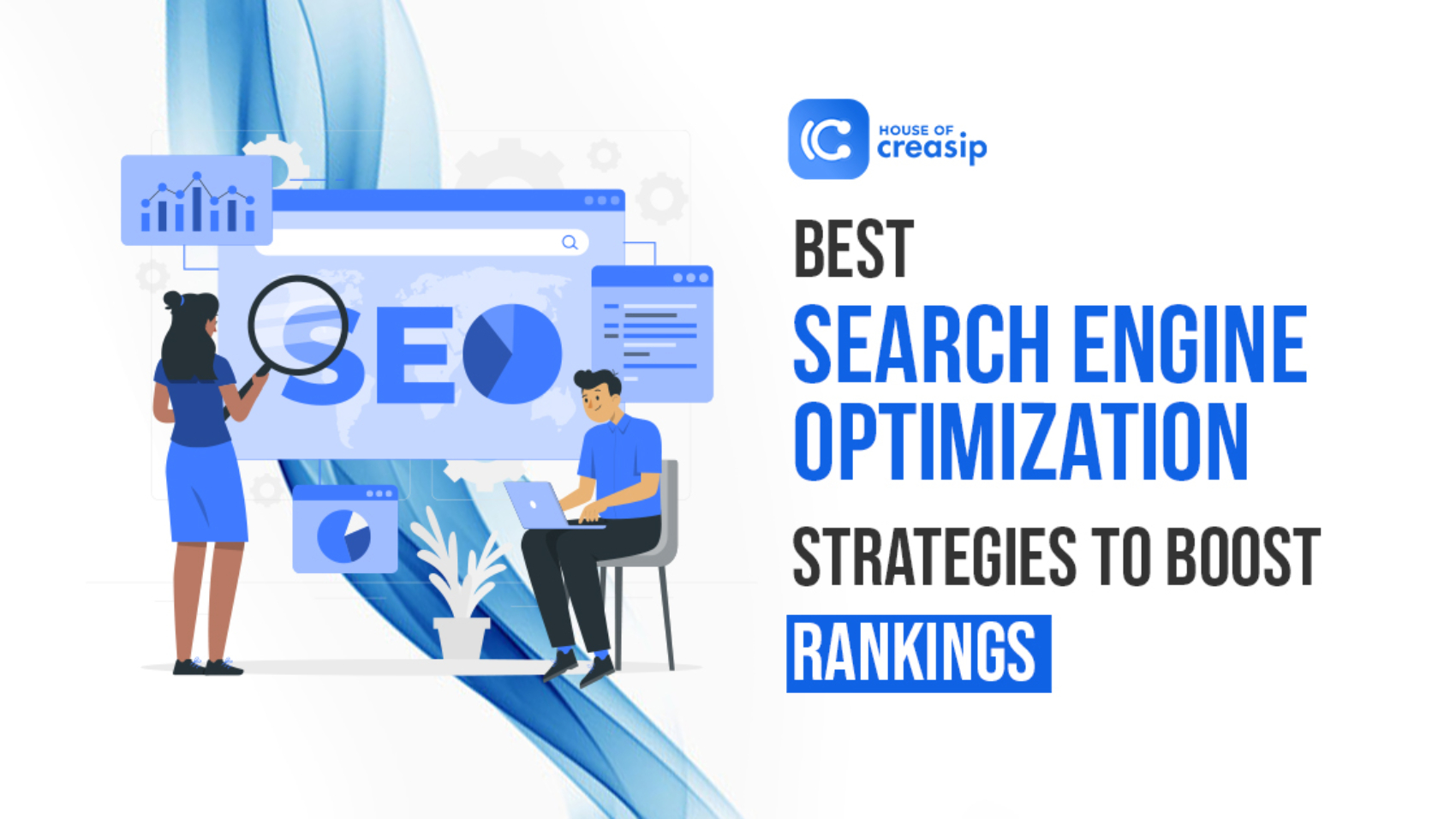Beginner’s Guide to Social Media Marketing: Win with Digital Marketing in 2025
Having a strong social media presence is key for beginners in digital marketing. It helps build trust, grow your audience, and boost conversions. Social platforms let you connect directly with potential customers, making it easier to turn followers into buyers. Effective content can also drive website traffic and increase conversions.
Consistency is crucial—regular posting builds brand recall and engagement. Beginners should focus on value-driven content like tips, behind-the-scenes, and user-generated content. Use hashtags strategically and monitor analytics to refine your social media strategy. Experiment with reels, carousels, and stories to stay visible. Start simple, stay authentic, and evolve based on audience feedback.
In 2025, the digital marketing landscape is evolving rapidly. Social media algorithms are prioritizing authenticity, engagement, and relevance over vanity metrics like follower count. This means that quality content—not just frequent posting—is more important than ever. As a beginner, you should start with one or two platforms, like Instagram or LinkedIn, rather than trying to master all at once.
Who’s This For?
This guide is perfect for beginners who want to learn the basics of social media marketing without the confusing tech talk. Whether you’re a student, a small business owner, or just curious about digital marketing, this will help you get started the easy way, with social media tips that actually make sense.
Understanding the Basics of Digital Marketing
Digital marketing is simply using the internet and digital tools to promote products or services. It includes everything from social media posts and emails to search engines and websites. Unlike traditional marketing, digital marketing allows businesses to reach people online where they spend most of their time.
One important thing about digital marketing is its nature — it’s interactive and measurable. You can see who views your ads, clicks your links, or buys your product in real-time. This makes it easier to understand what works and what doesn’t, so you can improve your efforts quickly.
Digital marketing uses different social media marketing strategies depending on your goals. Targeted advertising focuses on reaching specific groups based on interests, location, or behavior. This means your ads are shown only to people likely to be interested, making your budget more efficient. On the other hand, mass market advertising spreads your message to a wide audience to build broad awareness and attract new customers.
One of the best parts of digital marketing is its flexibility. You can easily adjust your campaigns, try new ideas, and test different messages without big costs. For beginners, this means you can learn, experiment, and grow your marketing skills step by step.
“Did you know over 68% of the global population is now online? That’s 5.64 billion people! If your business isn’t on the internet yet, you’re missing out on massive visibility.”
Example:
A local bakery in Jaipur started using Instagram to post reels of their cake-making process and behind-the-scenes videos. Within 3 months, they gained over 2,000 followers and saw a 40% increase in birthday cake orders through Instagram DMs.
Identifying Your Target Audience
Identifying your target audience means figuring out who will most likely buy your product or service. Start by thinking about their age, interests, location, and problems your business can solve. The clearer you are, the easier it is to create content that speaks directly to them.
Next, use tools like surveys, social media insights, and website data to learn more about your audience’s habits and preferences. Understanding your target audience helps you connect better, save time, and increase sales. For beginners, this step is key to making your marketing efforts effective and focused.
Tips for Identifying Your Target Audience
- Social Media Analytics
Social media platforms offer built-in analytics tools that show who’s engaging with your content. Check age, location, and interests to understand your audience better. These insights help you tailor posts and ads to attract the right people, making your marketing smarter and more effective. - Website Analytics
Tools like Google Analytics reveal who visits your website, what pages they like, and how long they stay. This info helps you see what your audience cares about and adjust your content accordingly. It’s a powerful way to learn more about your visitors and improve their experience. - Your Own CRM Platform
A CRM system stores customer info and tracks interactions. Use it to spot common traits among your best customers. Knowing their habits and preferences lets you personalize marketing efforts and build stronger, lasting relationships that boost loyalty and sales. - Surveys
Surveys are a simple way to ask your audience directly about their needs and preferences. You can use online tools to create quick polls or detailed questionnaires. The feedback you get guides your marketing, ensuring you offer what your audience really wants. - Advertising Platform Look-Alike Tools
Platforms like Facebook and Google offer look-alike audiences, which find new people similar to your current customers. This helps expand your reach to people likely to be interested, saving time and money while growing your audience effectively. - Social Listening
Social listening means monitoring conversations about your brand, industry, or competitors on social media. It helps you understand what people are saying, what they like, and what problems they face. Use this info to create content that truly connects with your audience. - Your Competition
Check out your competitors’ followers and engagement. Seeing who interacts with them and how can reveal potential audience groups you might be missing. Learning from their successes and mistakes gives you ideas to attract and engage your own target audience better.
“Want better results? Businesses that use customer personas are 2.4x more likely to exceed their goals. Start by knowing who you’re talking to!”
Example:
A handmade jewelry brand analyzed their Instagram Insights and discovered their most engaged followers were women aged 20–35 from metro cities. By shifting their content to focus on minimalist, office-friendly designs and using relatable captions, they boosted engagement by 60% and saw a 25% increase in sales within a month.
Choosing the Right Social Media Platforms
Choosing the right social media platforms starts with understanding your business and audience. Focus on where your ideal customers spend their time online and consider their age, interests, and habits. Research competitors and learn which platforms work best in your industry. This helps you avoid wasting effort on the wrong channels.
Next, build a consistent social media strategy that matches your goals and product type. Use insights from loyal customers and participate in relevant online discussions to connect better. Starting small with a few platforms and email marketing can keep things manageable while you grow your presence effectively.
Tips for Choosing the Right Social Media Platforms
- Consider The Nature Of Your Business
Think about what your importance and impact on business does and how it fits online. Some platforms work better for visuals, others for conversations. For example, a fashion brand shines on Instagram, while a B2B service might thrive on LinkedIn. Match your business style to the platform’s strengths.
- Focus On Your Core Target Audience
Identify who your main customers are. What do they like? Where do they hang out online? Focusing on your core audience helps you avoid wasting time and money on platforms where they aren’t active. Concentrate on the platforms your audience loves most.
- Consider Client Demographics
Look at age, gender, location, and interests of your clients. Different platforms attract different groups—for example, TikTok appeals to younger users, while Facebook has a broader age range. Knowing your clients’ demographics helps you pick the right place to engage with them.
- Go Where Your Ideal Customer Is
Your ideal customer might not be on every social platform. Find out where they spend time online and focus your efforts there. Instead of trying to be everywhere, be active where it counts most to reach and connect with the right people.
- Empower Advocates To Find The Right Channels
Your loyal customers and fans can help you discover the best platforms. Encourage them to share feedback on where they interact with your brand. Their insights can guide you to the most effective channels and help build genuine engagement.
- Research Your Competitors
Check out where your competitors are active and how they engage their audience. This research can show you what works in your industry and reveal gaps where you can stand out. Learning from others saves time and inspires your own social media strategy.
- Focus On The Backbone Of Your Digital Footprint
Your website and main online presence are the foundation. Choose social platforms that drive traffic back to your site and support your brand’s core message. A strong digital backbone helps keep your marketing organized and effective.
- Match The Platform With Your Audience
Each platform has a unique vibe and audience type. LinkedIn suits professionals, Instagram is great for visuals, and Twitter is ideal for quick updates. Matching the platform’s style with your audience’s preferences makes your message more engaging and relevant.
- Build A Consistent Strategy Across All Platforms
Consistency is key. Keep your brand voice, style, and message uniform across every platform you use. This builds trust and recognition, so your audience knows what to expect and remembers you no matter where they find you.
- Understand And Align On Your Social Goals
Set clear goals for what you want to achieve—whether it’s growing followers, boosting sales, or building community. Aligning your platform choices and content with these goals keeps your efforts focused and helps you measure success easily.
- Let Your Product Or Service Guide You
Think about what you sell and how your customers use it. Visual products like art or fashion fit well on Instagram or Pinterest, while educational services might do better on LinkedIn or YouTube. Let your product shape where you promote it.
- Participate In Forum Discussions
Forums and groups related to your niche are great places to connect with potential customers. Join conversations on Reddit, Facebook Groups, or niche forums to share your expertise, learn what people want, and gently introduce your brand. - Start With Email Software
Email marketing is still a powerful tool. Use email software to build a list and stay in touch with your audience. Combine emails with social media to nurture relationships, share updates, and guide followers toward your website or offers.
“With over 5.3 billion active social media users worldwide, choosing the right platform isn’t a choice anymore—it’s a necessity.”
Example:
A career coaching startup tried marketing on Instagram and Facebook with little success. After switching to LinkedIn and creating career tip posts, their leads increased 5x because the audience aligned better with their service.
Crafting Engaging Social Media Posts
Creating engaging social media posts starts with knowing your audience and what they like. Use simple, friendly language and add images or videos to make your posts stand out. Visuals catch the eye and make your message more memorable.
Also, encourage interaction by asking questions or inviting comments. Sharing stories or tips helps build trust and connection. Don’t forget to include clear calls to action, like “follow” or “share,” to guide your audience. Consistent, engaging posts keep people interested and help grow your community over time.
Tips for Crafting Engaging Social Media Posts
- Identify and Set Goals
Start by defining what you want from your social media—more followers, website visits, or sales. Clear goals guide your content and help measure success. Knowing your objectives keeps your posts focused and effective, making it easier to create content that meets your needs.
- Research Your Audience
Learn who your audience is—age, interests, and online habits. Use tools and surveys to understand what they like and engage with. This helps you tailor your posts so they feel personal and relevant, increasing the chances your audience will interact and share.
- Analyze Your Social Media Competitors
Check what your competitors post and how their audience responds. Notice which types of content get likes, shares, or comments. This research gives you ideas on what works in your industry and helps you create better, more engaging posts.
- Audit Your Current Social Content
Review your existing posts to see what’s performing well and what isn’t. Look at engagement rates and audience feedback. This audit helps you spot strengths and weaknesses so you can focus on creating content that your audience loves.
- Develop a Social Media Content Plan
Plan the kinds of posts you want to share—tips, stories, promotions, or videos. A content plan keeps your posts organized and consistent, helping you stay on track with your goals while making your social media more interesting and varied.
- Build a Content Calendar
Create a social media marketing content calendar to schedule your posts ahead of time. This ensures regular updates and prevents last-minute stress. A calendar helps you balance different content types and plan for special events or promotions, keeping your social media active and engaging.
- Integrate Influencer Partnerships
Collaborate with influencers who share your target audience. They can help promote your content and increase your reach. Influencers bring authenticity and new followers, making your social media presence stronger and more trusted among their fans.
- Promote and Distribute Your Content
Share your posts across multiple platforms and encourage followers to engage. Use paid ads if possible to reach a wider audience. Promoting content effectively ensures it gets noticed and drives traffic, helping you achieve your social media goals faster.
- Measure Results
Track key metrics like likes, shares, comments, and click-throughs. Use this data to see what content performs best and adjust your strategy. Regularly measuring results helps you improve your posts, making your social media marketing smarter and more effective.
“Want more engagement? Posts with images get 650% more attention than plain text. So next time, add that visual punch!”
Example:
A career coaching startup tried marketing on Instagram and Facebook with little success. After switching to LinkedIn and creating career tip posts, their leads increased 5x because the audience aligned better with their service.
Optimizing Posts for Search Engines
Optimizing social media posts for search engines helps more people find your content. Use relevant keywords in your captions, hashtags, and descriptions to improve visibility. This makes it easier for your target audience to discover your posts when they search online.
Also, include clear, catchy titles and add links to your website. Using alt text on images and posting consistently boosts your chances of ranking higher. Small tweaks like these can make a big difference in growing your reach and attracting new followers over time.
Tips for Optimizing Posts for Search Engines
- Use Relevant Keywords
Include keywords your audience is searching for in your post captions, titles, and descriptions. This helps search engines understand your content and show it to the right people, increasing your visibility.
- Add Hashtags Strategically
Use popular and niche hashtags related to your content. Hashtags act like keywords, helping your posts appear in searches and reach a broader audience interested in your topic.
- Write Clear, Catchy Titles
Create attention-grabbing titles with relevant keywords. Clear titles make it easier for both users and search engines to know what your post is about, improving click rates and discoverability.
- Include Alt Text on Images
Add descriptive alt text to your images. This not only helps visually impaired users but also allows search engines to better index your visuals, boosting your overall SEO.
- Use Descriptive URLs
If your post links to a webpage, make sure the URL is clear and includes keywords. Clean URLs are easier for search engines and users to understand, improving your page ranking.
- Post Consistently
Regular posting signals to search engines that your profile is active and valuable. Consistency keeps your audience engaged and improves your chances of ranking higher in search results.
- Engage With Your Audience
Respond to comments and messages promptly. Higher engagement shows search engines your content is relevant and trustworthy, which can boost your ranking.
- Share Quality Content
Focus on valuable, well-written posts that answer your audience’s questions or solve problems. High-quality content keeps visitors longer and encourages sharing, which helps your SEO.
- Link Back to Your Website
Include links to your website or blog in your posts. This drives traffic to your site and improves its authority with search engines, helping both your social and web content perform better.
- Analyze and Adjust
Use social media and SEO analytics tools to track what works. Adjust your keywords, posting times, and content style based on data to improve your search visibility over time.
“Just one hashtag can boost your Instagram post’s engagement by 12.6%. Don’t forget to tag smartly!”
Example:
A fitness trainer posted transformation stories of her clients along with “Before & After” photos and motivational quotes. These posts consistently got 3x more shares and helped book out her coaching slots for 2 months.
Engaging with Your Audience
Engaging with your audience builds connection and trust. Start by replying to comments, liking follower posts, and using emojis to keep the tone friendly. Ask simple questions, run polls, and host fun contests. Share behind-the-scenes content, use their names, and thank followers to make interactions feel personal and genuine.
Also, go live to chat in real time and encourage followers to share your posts. Feature user-generated content and celebrate milestones together. Keep your responses quick and consistent. Most importantly, listen—what your audience says helps shape better content. Engaging regularly keeps your community growing and feeling valued every step of the way.
Tips for Engaging with Your Audience
- Reply to Comments and Messages
Always respond to comments and DMs, even with a quick emoji or “thank you!” It shows followers you’re listening and appreciate their time. This simple act can turn a casual viewer into a loyal fan. Engagement is a two-way street, and replies keep conversations going.
- Ask Questions in Your Posts
Asking questions encourages interaction. Try things like “What’s your favorite?” or “Have you tried this?” It invites your audience to share their thoughts and feel involved. The more people comment, the more visible your post becomes—and the more connected your followers will feel.
- Use Polls and Story Stickers
Instagram and Facebook stories offer tools like polls, sliders, and quizzes. These are quick and fun ways for your audience to engage with your content. Polls also help you learn about your followers’ preferences, making future posts even more relevant and engaging.
- Show Behind-the-Scenes Content
Give your audience a peek into your daily process, workspace, or team. This humanizes your brand and builds trust. People love seeing the real side of a business—it makes them feel like they’re part of your journey, not just being sold to.
- Host Contests or Giveaways
Giveaways are a great way to boost interaction. Ask followers to comment, tag friends, or share your post to enter. Not only do they engage more, but your content also reaches new people through shares, growing your audience in a fun, natural way.
- Use Names When Responding
Personal touches matter. If someone comments or messages you, try using their name in your reply. It makes the interaction feel special and shows you value them as individuals, not just numbers. Personalized engagement builds stronger, lasting relationships with your followers.
- Feature User-Generated Content
When followers tag you in posts or use your hashtag, share their content with credit. It shows appreciation and encourages more people to share their experiences. This turns customers into brand advocates and builds a sense of community around your profile.
- Go Live and Chat in Real Time
Live videos are perfect for authentic, real-time engagement. Answer questions, share updates, or just hang out with your audience. It’s a chance to connect face-to-face and make your brand feel approachable. Plus, live sessions often get boosted by the platform’s algorithm.
- Celebrate Milestones Together
Share your wins—big or small—and thank your audience for being part of your journey. Whether it’s reaching 1,000 followers or launching a new product, include your audience in the celebration. It builds excitement and strengthens the bond between you and your community.
- Listen and Learn from Feedback
Take note of what your audience is saying in comments and messages. Feedback—positive or constructive—is a goldmine for improving your content and services. Show that you’re listening by making changes or acknowledging their input. This builds trust and keeps followers engaged.
“89% of people say a positive interaction on social media makes them more likely to buy again. Don’t ignore those DMs and comments!”
Example:
A tech brand posted a “This or That” poll on their stories about new product features. The responses shaped their next product update. Followers appreciated being heard, and the feature launch post became their most-shared one yet.
Analyzing and Adjusting Your Strategy
To grow on social media, you need to review what’s working and what’s not. Check post likes, shares, and comments regularly. Use built-in tools like Instagram Insights or Facebook Analytics. See which posts get the most engagement, and why. That info helps you adjust your content and post at the best times.
Also, test new ideas and compare results. Track follower growth, click-through rates, and website visits. Set clear goals and measure progress monthly. Watch competitors to see what they’re doing differently. Keep learning, stay flexible, and don’t be afraid to tweak your strategy—it’s all part of getting better over time!
Tips for Analyzing and Adjusting Your Strategy
- Set Clear, Measurable Goals
Before analyzing anything, define what success looks like—more followers, higher engagement, or increased website traffic. Setting specific, measurable goals helps you focus your efforts and makes it easier to track progress. Clear goals are your guide when adjusting your content or approach.
- Use Platform Analytics Tools
Most social platforms offer free analytics. Tools like Instagram Insights or Facebook Analytics show you how posts perform. You’ll see likes, shares, reach, and more. These insights help you understand what content your audience enjoys so you can post more of what works.
- Track Engagement Rates
Engagement shows how well your content connects with your audience. Look at likes, comments, shares, and saves—not just follower counts. If engagement drops, consider changing your style or topics. High engagement means your audience is interested and wants to interact with your brand.
- Monitor Follower Growth
Pay attention to how fast your audience is growing. Sudden increases or drops can reveal what’s working—or not. Maybe a certain post brought in new followers, or a change in tone caused some to leave. Growth trends help guide your strategy over time.
- Check Best Times to Post
Different times of day get different results. Use your analytics to see when your audience is most active. Posting when your followers are online gives your content a better chance to be seen and engaged with, which boosts visibility and performance.
- Study Your Top-Performing Posts
Look back at your best posts and ask why they worked. Was it the image, caption, topic, or timing? Spotting trends in successful content helps you repeat what works and avoid what doesn’t. Use this insight to shape future posts and improve results.
- A/B Test Your Content
Try posting two versions of similar content at different times, formats, or with different captions. A/B testing helps you see what your audience prefers. It’s a great way to learn what small tweaks can lead to better engagement without overhauling your whole strategy.
- Watch Competitor Accounts
Keep an eye on your competitors to see what’s working for them. Look at their top posts, how often they post, and how their audience responds. You don’t need to copy—but learning from others can inspire fresh ideas and help you stay competitive.
- Use Feedback and Comments
Read through your audience’s comments and messages. Are they asking the same questions or giving suggestions? Audience feedback is a goldmine for improving your content. Respond thoughtfully and use their input to make posts more relevant and engaging.
- Review Your Strategy Monthly
Schedule a regular check-in—once a month is perfect for beginners. Review your analytics, check progress on goals, and note what’s improving or needs work. Consistent reviews keep your strategy fresh, focused, and growing with your audience’s changing interests and habits.
“Want 3x better results? Marketers who document their strategy are 313% more likely to succeed. Write it down—track what works.”
Example:
A skincare startup used Instagram Insights to notice that their educational reels (like “How to Layer Your Skincare”) got much higher engagement than product photos. By shifting their content strategy to focus more on educational and tip-based videos, they saw a 70% increase in video views and a 35% rise in website visits within two weeks.
Staying Updated with Trends and Best Practices
Social media is always changing, so staying updated is key. Follow top marketers, join Facebook groups, and subscribe to newsletters for the latest tips. Watch trending hashtags, experiment with new features like Reels or Stories, and keep an eye on what’s buzzing in your industry to stay relevant.
Also, attend webinars or free workshops when you can. Follow competitors, read platform blogs (like Meta or LinkedIn’s), and review social media reports. Try new tools and pay attention to how your audience responds. Staying flexible and curious helps you grow and keeps your content fresh, fun, and effective.
“14% of marketers say staying on top of trends is their biggest challenge. Follow industry blogs, try new features, and test what’s hot!”
Example:
A travel agency noticed a rise in searches for “hidden places in India” after monitoring Google Trends. They started posting reels of lesser-known destinations and gained 10,000 followers organically in one month.
Final Thought
Social media marketing in 2025 is not just about being present—it’s about being purposeful. For beginners, success lies in starting with clarity, focusing on value, and staying consistent. From choosing the right platform to engaging meaningfully with your audience, each step builds toward a stronger digital presence. Remember, trends will evolve, algorithms will shift, but understanding your audience and delivering quality content will always be at the heart of effective digital marketing. Keep learning, keep testing, and most importantly—keep showing up.










